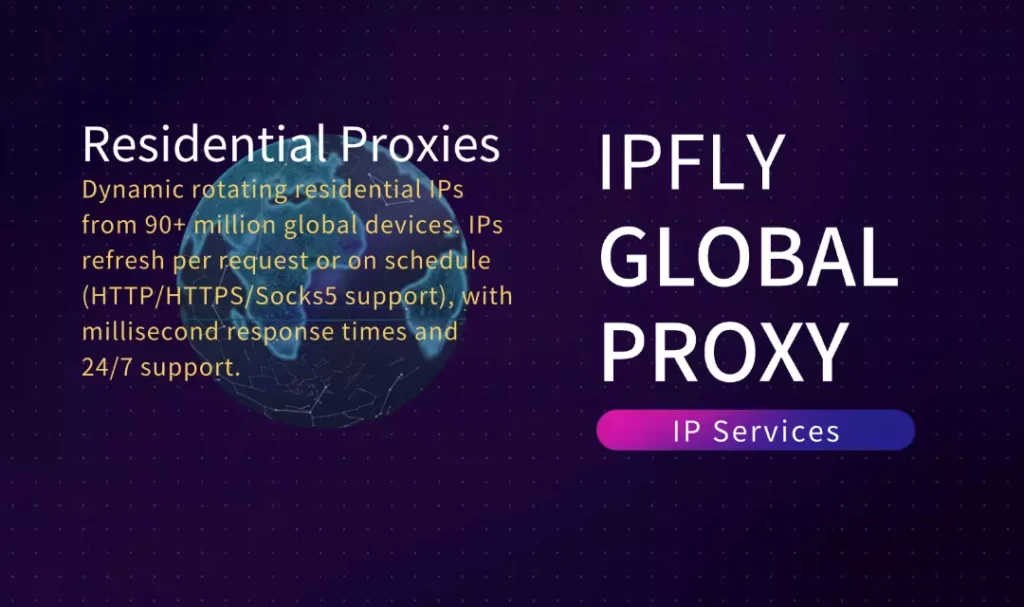Residential proxies stand as ingenious intermediaries in the vast ecosystem of digital networking, functioning much like chameleons in the natural world that blend into their surroundings to evade detection. These proxies utilize IP addresses sourced from genuine residential internet connections, assigned by Internet Service Providers (ISPs) to everyday devices such as home routers or smartphones. This setup allows users to route their online traffic through addresses that appear as ordinary household connections, rather than originating from datacenters or commercial servers. The result is a seamless camouflage in the digital landscape, where activities like browsing or data collection mimic typical user behavior, reducing the likelihood of blocks or bans imposed by websites’ anti-bot systems.
From a scientific viewpoint, residential proxies draw on principles of network topology and behavioral mimicry, where the proxy server acts as a relay node in the communication chain, encapsulating and forwarding data packets while substituting the user’s original IP. This process aligns with information theory, enhancing entropy in traffic patterns to make automated detections—based on machine learning algorithms—less effective. By leveraging real ISP-assigned IPs, these proxies achieve higher authenticity, as websites often whitelist residential ranges to prioritize human users over automated scripts. This tutorial article delves into the foundational mechanics, benefits, practical applications, and hands-on implementation, offering structured guidance to help readers appreciate and utilize this technology in a responsible manner.

The Core Principles of Residential Proxies and IP Routing
At its essence, a residential proxy operates by intercepting your internet requests and relaying them through an IP address tied to a physical residential location. This contrasts with datacenter proxies, which use server-farm IPs that are easier for websites to identify and block due to their non-organic patterns. Scientifically, the advantage lies in behavioral simulation: residential IPs exhibit usage patterns similar to those of real households, including variable activity times and geographic consistency, making them harder to flag in anomaly detection systems that rely on statistical modeling of traffic.
The routing process involves several key steps rooted in protocol engineering. When you send a request, the proxy server receives it over an encrypted channel (often HTTPS or SOCKS5), swaps the source IP with a residential one, and forwards it to the target site. Responses follow the reverse path, ensuring seamless interaction. This encapsulation draws from packet-switched networking, where data is broken into packets and reassembled, minimizing overhead while maximizing stealth. Proxies typically draw from large pools of IPs, rotating them to distribute load and further evade detection, a technique inspired by load balancing in distributed systems. Understanding these principles reveals how residential proxies bridge the gap between accessibility and security in an increasingly monitored online environment.
How Residential Proxies Work: A Step-by-Step Mechanism
The operation of a residential proxy can be likened to a biological mimicry experiment, where an organism adopts traits of another to navigate its habitat undetected. This tutorial outlines the process in clear steps, allowing readers to conceptualize the flow as if conducting a lab simulation.
1.Request Initiation: Your device sends a web request (e.g., to access a geo-restricted site), but instead of going directly, it routes through the proxy client software or browser extension, encapsulating the packet with authentication details if required.
2.IP Substitution: The proxy server, connected to a pool of residential IPs, selects one and rewrites the packet header, replacing your original IP with the residential address— a manipulation technique based on network address translation (NAT) principles.
3.Forwarding and Interaction: The modified request reaches the target server, which perceives it as coming from a legitimate home user, responding accordingly without suspicion.
4.Response Relay: The proxy receives the reply, strips any identifying elements if needed, and sends it back to your device, completing the cycle with minimal delay.
5.Rotation and Maintenance: For sustained use, the proxy rotates IPs periodically, drawing from ethical sources like user-consented devices, ensuring compliance with privacy standards while maintaining high uptime.
This mechanism not only bypasses restrictions but also highlights efficiency: residential proxies achieve success rates often above 99% in tasks where datacenter alternatives fail due to blacklisting.
Benefits of Residential Proxies: Enhancing Privacy and Performance
Residential proxies offer a suite of advantages, rooted in their authentic nature. Primarily, they provide superior anonymity by mimicking real user traffic, which is crucial for evading sophisticated anti-bot measures that employ behavioral analysis to distinguish humans from scripts. This reduces block rates, making them invaluable for high-volume activities where consistency is key.
Performance benefits include stable connections with low latency, as residential IPs often route through high-speed home networks, optimizing for bandwidth-intensive tasks. They also enable precise geo-targeting, allowing users to simulate locations for market research or content verification, drawing from geographic information systems (GIS) principles. Security is enhanced through encryption support, protecting against interception in public Wi-Fi scenarios, similar to secure channels in quantum key distribution.
Drawbacks, such as higher costs due to the premium on real IPs, are offset by their reliability in regulated environments.
Practical Applications: From Data Collection to Everyday Privacy
Residential proxies find diverse uses across fields, leveraging their stealth for ethical purposes. In data science, they facilitate web scraping by distributing requests across IPs to avoid rate limits, enabling large-scale collection for analysis— a process akin to systematic sampling in statistics. For market research, they allow geo-specific testing of ads or prices, simulating local users to gather unbiased insights.
In privacy applications, they shield personal data during browsing, bypassing censorship or tracking, which is vital in regions with restricted internet. Businesses use them for ad verification, ensuring campaigns display correctly across locations without fraud detection flags. IPFLY, for instance, specializes in residential proxy solutions, offering features like unlimited concurrency and geo-targeting that align perfectly with these applications, providing users with robust tools for secure, location-specific access.
Other uses include SEO monitoring, where proxies track search rankings from various viewpoints, and social media management, maintaining multiple accounts without association risks.
Want to get cutting-edge proxy strategies and unlock IPFLY’s excellent proxy services instantly? Visit IPFLY.net now and join the IPFLY Telegram community—here, you’ll get real-time updates on the latest industry tips and direct access to professional services. Don’t miss the chance to boost your proxy efficiency!

Hands-On Tutorials: Setting Up and Using Residential Proxies
To translate theory into practice, try these tutorials, framed as simple experiments to observe proxy behavior and outcomes.
Tutorial 1: Basic Browser Configuration For casual anonymity:
1.Obtain proxy credentials (IP, port, username/password) from a provider.
2.Install a browser extension for proxy management.
3.Input details and enable the proxy.
4.Test by visiting a geo-restricted site, noting the effective location change via diagnostic tools.
This demonstrates immediate IP substitution, with adjustments for speed.
Tutorial 2: Integrating with Scripting for Data Tasks For automated collection:
1.Use a programming environment to set proxy parameters.
2.Craft a request with authentication.
3.Execute and parse responses, rotating if needed.
4.Analyze data, quantifying success rates.
Example pseudocode:
import requests proxies = { 'http': 'http://username:password@ip:port', 'https': 'http://username:password@ip:port' } response = requests.get('https://example.com', proxies=proxies) print(response.text)This tutorial highlights programmable control, ideal for research.
Tutorial 3: Monitoring and Optimization
1.Use network tools to track latency and uptime.
2.Experiment with rotation intervals, measuring block avoidance.
3.Log sessions to identify patterns, applying basic stats for improvements.
4.Refine based on results, ensuring ethical compliance.
This advanced method fosters iterative refinement, like scientific method cycles.
Ethical Considerations in Residential Proxy Usage
While powerful, residential proxies demand responsible application, focusing on legal tasks like research or privacy protection, avoiding infringement or spam. Ethically, consent in IP sourcing is crucial, promoting transparency in digital interactions.
In conclusion, residential proxies offer a sophisticated blend of network science and practical utility, enabling secure navigation in a connected world. Through these tutorials, individuals can explore their potential thoughtfully, enhancing their digital capabilities while upholding standards of integrity.


